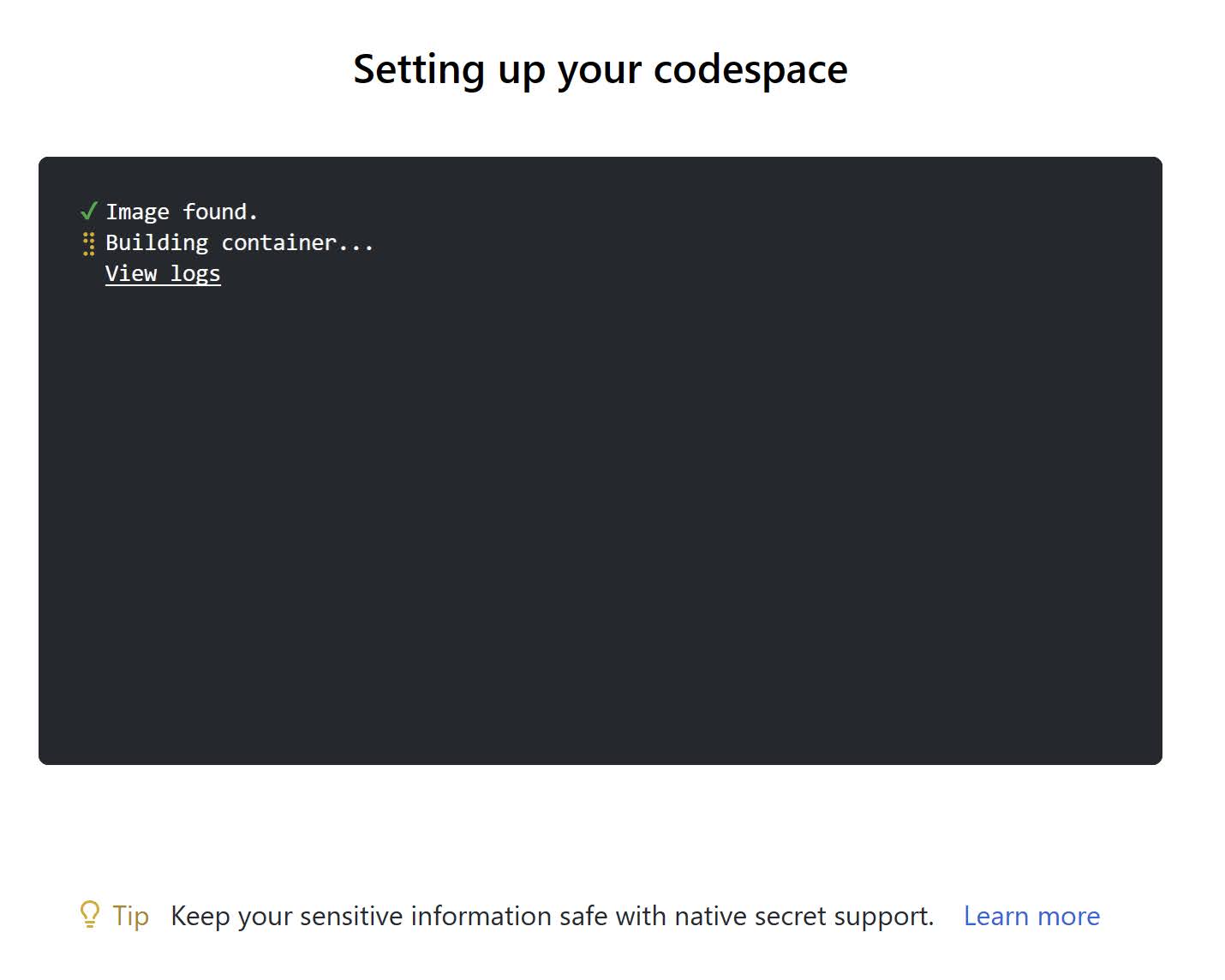Being able to write secure code is a must have for every software developer today. As this requires different skills and a different mindset anything that can help you as a developer to get better at it is welcome!
Let me introduce you the Secure Code Game from GitHub Security Lab. This hands-on secure coding training is the perfect way to sharpen your secure-coding abilities. Through the game, you need to investigate intentionally vulnerable code and find and fix the problem within it.
You can clone and run the game locally or run it instantly through GitHub Codespaces.
Pro tip: Use an application security testing tool like CodeQL to find all of the vulnerabilities in later stages of the game and receive helpful hints on where those problems are and how to fix them.
To get started with the Secure Code Game within GitHub Skills, click here.


